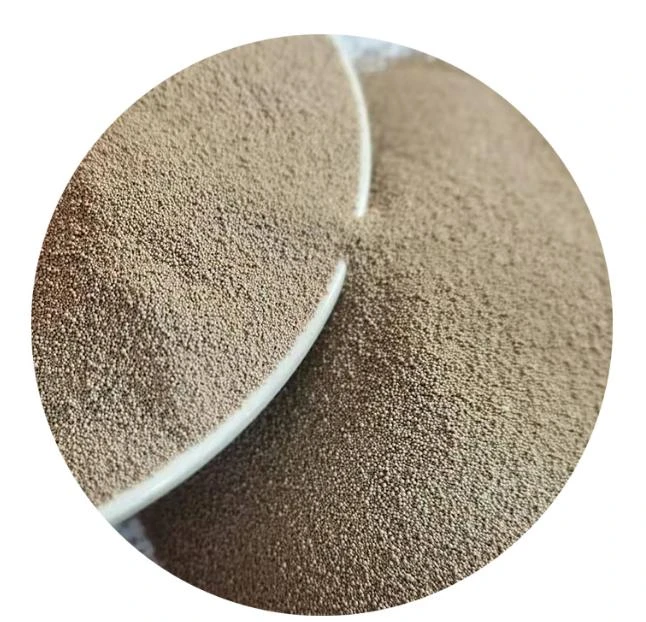

The advent of advanced sand recycling technologies is reshaping the foundry sand landscape. Recycled sand options are emerging, which aim to provide the functional benefits of traditional sands while reducing the environmental footprint of foundry operations. This approach not only fosters sustainability but also helps maintain a stable supply of raw materials amid fluctuating market conditions. Selecting the right type of foundry sand involves a careful consideration of numerous factors, including the specific metal being cast, required mold properties, cost implications, and environmental considerations. Expert knowledge in metallurgical processes and comprehensive technical understanding is essential to make informed decisions that align with production goals and sustainability targets. Moreover, the expertise of industry professionals in applying new technologies and innovative sand materials plays a pivotal role in optimizing sand use. Continuous research and development efforts are vital in discovering novel compounds and refining processes that advance foundry sand capabilities, addressing both industry challenges and evolving market demands. In conclusion, the diverse world of foundry sand offers numerous opportunities for enhancing casting quality and operational efficiency. Through informed selection and application of different types, coupled with a commitment to innovation and sustainability, manufacturers can achieve superior casting results, ultimately driving success in a competitive market. Post time:Úno . 12, 2025 15:22
Next:Sintered ceramic sand for foundry with cold core box
